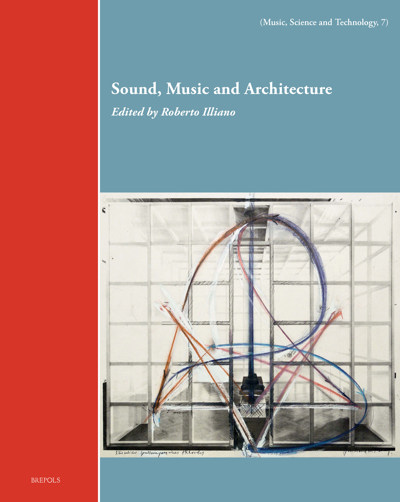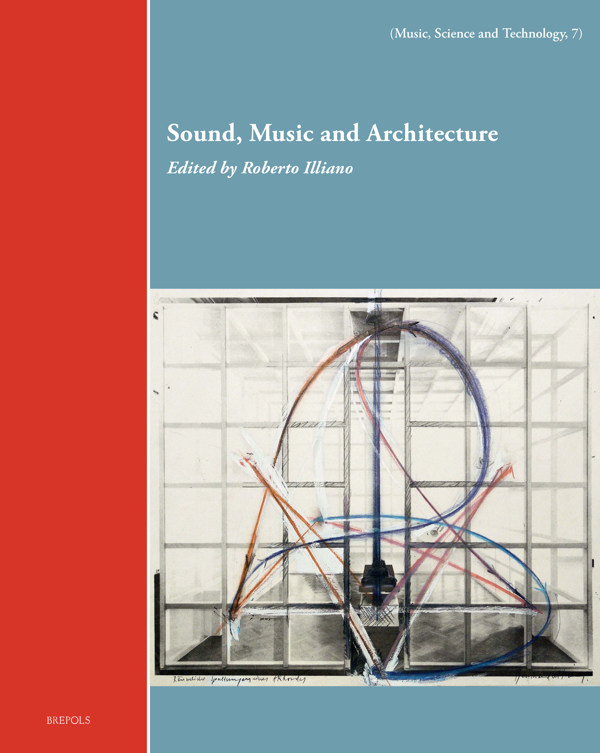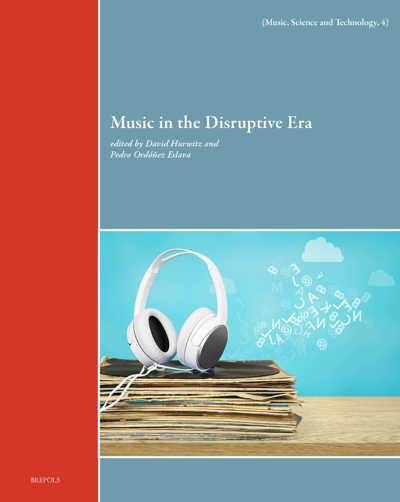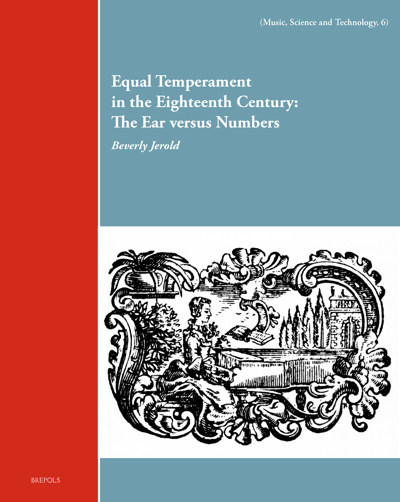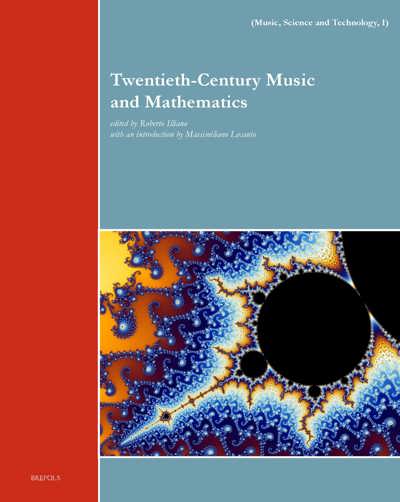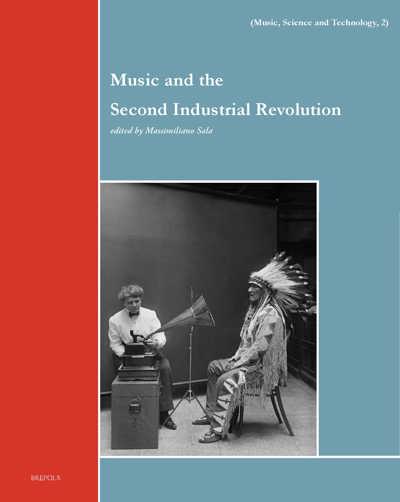
Sound, Music and Architecture
Roberto Illiano (ed)
- Pages: 440 p.
- Size:210 x 270 mm
- Illustrations:125 b/w, 16 col., 15 tables b/w., 16 musical examples
- Language(s):English, Spanish, Italian
- Publication Year:2024
- € 145,00 EXCL. VAT RETAIL PRICE
- ISBN: 978-2-503-61183-9
- Hardback
- Forthcoming (Jun/24)
*How to pre-order?
This book traces the relationship between sound, music and architecture from the Middle Ages to the 21st century.
Roberto Illiano is General Secretary of the Centro Studi Opera omnia Luigi Boccherini and President of the Italian National Edition of Muzio Clementi’s Complete Works. He is General Editor of the series ‘Speculum Musicae’ and ‘Staging and Dramaturgy: Opera and the Performing Arts’ (Brepols Publishers), and has published a variety of writing (edited volumes, articles, editions, and dictionaries entries) on 19th- and 20th-century music, in particular on Luigi Dallapiccola and Italian music under the Italian fascism.
This book traces the relationship between sound, music and architecture from the Middle Ages to the 21st century. The first part of this volume deals with the physical relationship between music and architecture, focussing on the intersection between rite, sound and architecture in ecclesiastical spaces such as the Cathedral of Notre-Dame de Paris, the churches of medieval Sicily, the liturgical spaces of 15th-17th-century France and the Roman churches in the Baroque era. A substantial article by Richard Bösel presents a comprehensive panorama of music rooms and concert halls, starting from the archetypes conceived in the Early Modern Age and concluding with their present-day configurations. The last article of this section is dedicated to the Festspielhaus located in Hellerau (Dresden), based on the documentary sources and the writing of the protagonists, in particular Émile Jaques-Dalcroze and Adolphe Appia. The theme continues in the second part of the book with the examination of the historical relationship between architecture and acoustic knowledge in the age of modernity. Moreover, the following chapter explores the architectural idea of designing for musical tone as it found expression in the early decades of the twentieth century. The last two articles of this section explore Leo Beranek’s research regarding the quality of musical spaces in the history of modern science, and the experimentations of the architect Bernard Leitner with his Soundcube. The last part of the book will focus on Music as an ‘art of space’, exploring installations and musical experimentations by composers such as Xenakis, Jean-Luc Hervé and John Chowning.
Physical Relationship about Music and Architecture
1. Vasco Zara, The Phantom of Notre-Dame: Music, Architecture, Acoustics, and the Origins of the Notre-Dame Polyphony
2. Thomas Dittelbach – Tobias Christian Weißmann, Aural Architecture in Medieval Sicily: Architecture, Music and Acoustics of Siculo-Norman Churches
3. Jean-Christopèhe Valière – Bénédicte Bertholon, Location of Acoustic Pots in the Liturgical Space: Functional, Symbolic, Musical and Acoustic Interpretation
4. Galliano Ciliberti, Progetti per cupole sonore. Strutture architettoniche e articolazione direzionale della musica liturgica negli spazi delle chiese barocche romane
5. Richard Bösel, ‘Soundful Venues’: Music Rooms, Concert Halls, and More
6. Guillem Aloy-Bibiloni – Antoni Ramon Graells – Laia Montserrat-Cortázar: Hellerau, espacio de encuentros: Adolphe Appia y Émile Jaques-Dalcroze
Sound Architecture
7. Edward J. Gillin – Fanny Gribensky, Sound Architecture: Music, Speech, and the Science of Acoustics in the Age of Modernity
8. Fiona Smyth, «…Mysterious changes in molecular structure…»: Pragmatics, Poetics and Designing for Musical Tone
9. Sabine von Fischer, Confidential Rankings: The Rating of Experience, and Why the List of the Best Concert Halls Was Kept a Secret
10. Sven Sterken: Architecture without Walls: Bernhard Leitner’s Sound Cube
Music as an Art of Space
11. Makis Solomos, Xenakis’s Polytopes and the « Diatope»
12. Marta Llorente Diaz, Ritmo: medida del tiempo, medida del mundo. Música y arquitectura, una colaboración entre Iannis Xenakis y Le Corbusier
13. Candida Felici, Building Bio-Spaces through Music: Metamorphosis and Illusionary Space in «Germination» by Jean-Luc Hervé
14. Laura Zattra – François-Xavier Féron, A History of the First Computer Sound Spatialisation System: John Chowning’s Investigations at Stanford University (1962-1972)
